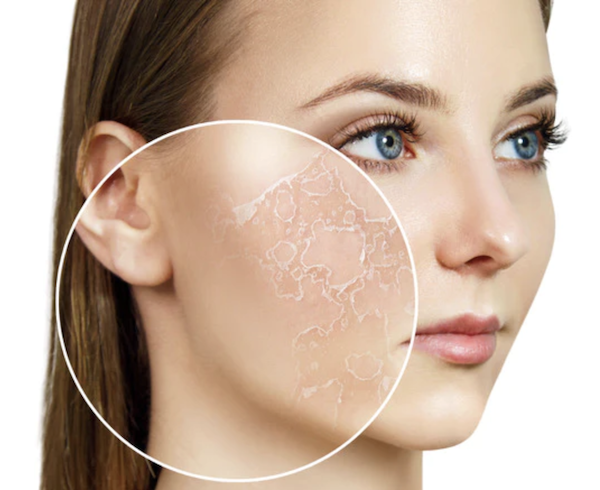The bittersweet treat with multiple medicinal benefits

Did someone give you dark chocolate for Christmas? Hope so, because by now we’ve all heard dark chocolate is beneficial, maybe even a superfood. But do you know why science has come to that conclusion? We decided to check it out, and were amazed that something that tastes so good can be so good for you.
First understand that it’s the cocoa content of dark chocolate that works the magic. So when we say dark chocolate, we’re talking about a bar that’s at least 70% cocoa. Check the label. You won’t get the same benefits if the cocoa content is lower than that.
Packed with nutrition
We would never have guessed that a candy could offer a wealth of nutrition, but dark chocolate does. It’s high in fiber (11 grams in a 100-gram bar!), iron, magnesium, copper, and manganese. Not only that, it offers up ample amounts of potassium, phosphorus, zinc, and selenium.
Interestingly, most of the fatty acids found in dark chocolate also are beneficial. The majority of the fats are oleic acid, the healthy fat found in olive oil. Next comes stearic acid, which has a neutral effect on cholesterol. Last is palmitic acid, which can raise cholesterol levels, but it’s only one-third of the fat content.
Just keep in mind that chocolate bars also contain sugar, which can counteract many of its benefits. Choose as low a sugar content as you find palatable.
Antioxidants aplenty
Antioxidant are, of course, those marvelous compounds found in foods and the body that quench the free radicals that cause tissue damage and are associated with aging and disease. We measure the antioxidant value of foods with an ORAC rating, that is, the food’s oxygen radical absorbance capacity. You may have seen high ratings on products with blueberries or acai.
Raw unprocessed cocoa beans are among the highest-scoring foods on the ORAC scale. Dark chocolate studies found it had more antioxidant activity, polyphenols, and flavanols that any other fruits tested, including blueberries and acai berries!
Medicinal actions
It’s that legion of antioxidants – polyphenols, flavanols, catechins, and more – that mean dark chocolate can beneficially affect the whole cardiovascular system, your brain, and your skin.
Blood pressure and circulation – The flavanols in dark chocolate stimulate the endothelium, the lining of your heart and blood vessels, to produce nitric oxide. That, in turn, signals the tissue to relax, expanding blood vessels, which lowers blood pressure and improves circulation. The effect is mild, but it’s there.
HDL and LDL cholesterol – Oxidation of LDL is what causes LDL to be labeled the “bad” cholesterol. Oxidation – those free radicals in action – makes LDL capable of damaging other tissues, like the lining of your arteries. That’s a marker of heart disease. Studies show the cocoa in dark chocolate decreases oxidized LDL, and at the same time increase HDL, the “good” cholesterol. It’s a win-win!
Small studies show eating dark chocolate several times a week reduced the risk of getting heart disease by 57%, lowered the risk of death from heart disease by 50%, and lowered risk of calcified plaque in the arteries by 32%.
Insulin resistance – Hard as it is to believe, studies show the flavanols in dark chocolate can lower insulin resistance, thereby improving overall blood sugar numbers. Scientists theorize it does so by improving endothelial function, altering glucose metabolism, and reducing oxidative stress. But this is a good time to remember that dark chocolate contains sugar; again, pick the lowest sugar content for the greatest medicinal effect.
Skin damage – Studies show dark chocolate flavanols can protect your skin against sun damage and improve blood flow to the skin, improving skin density and hydration. An MED (minimal erythemal dose) score measures the minimal amount of UVB rays required to cause redness in the skin 24 hours after exposure. A small study found the MED score more than doubled after consuming dark chocolate for 12 weeks.
How much is too much?
Besides considering the negative effects of dark chocolate’s sugar content, keep in mind that it also contains the stimulants caffeine and theobromine. Two ounces of 70% dark chocolate can contain about 50-60 milligrams of caffeine, about half of what’s in an 8 oz. cup of coffee. Most studies of dark chocolate had participants eating an ounce or two up to five times per week. WebMD recommends no more than one to two ounces per day.
REFERENCES:



